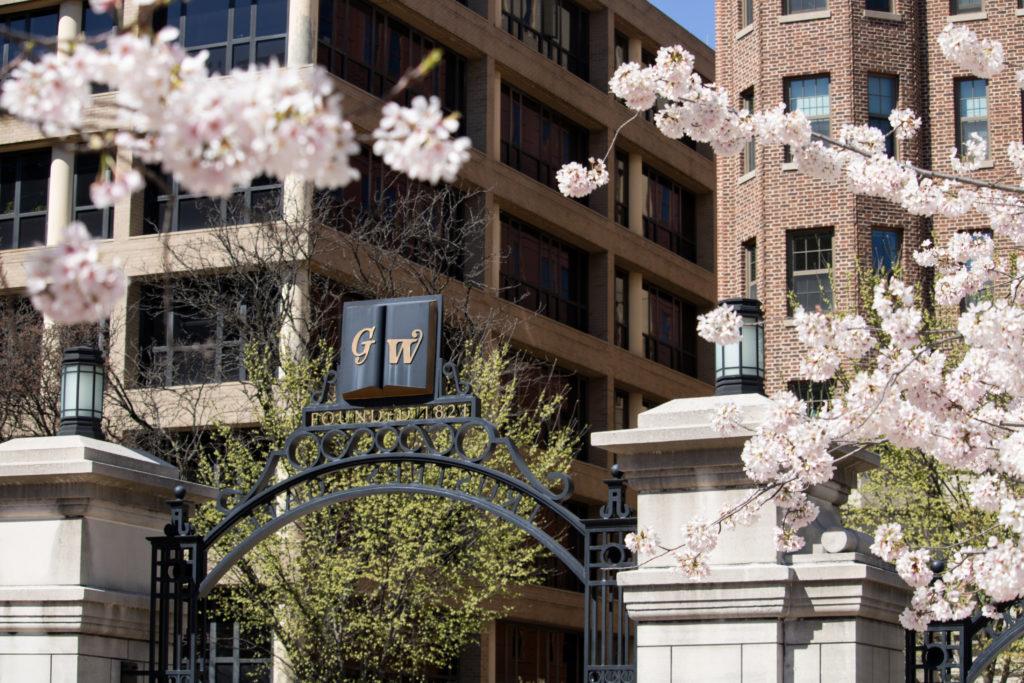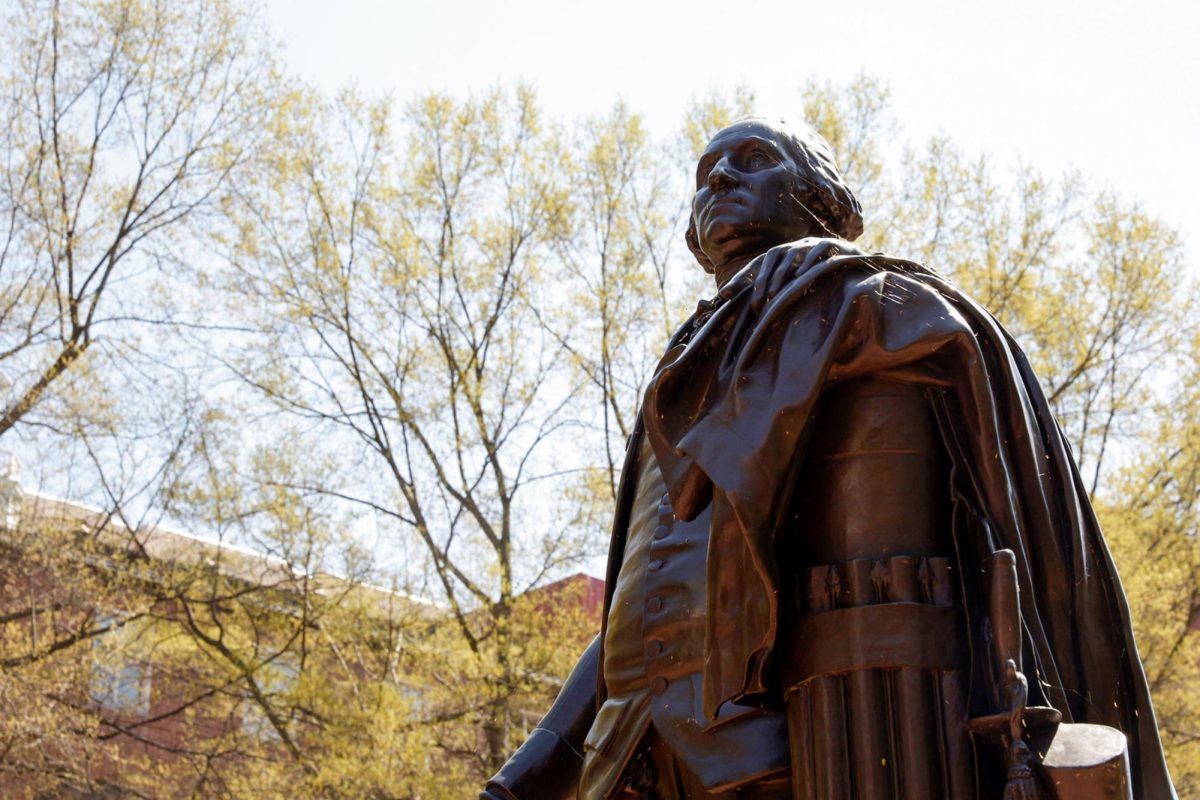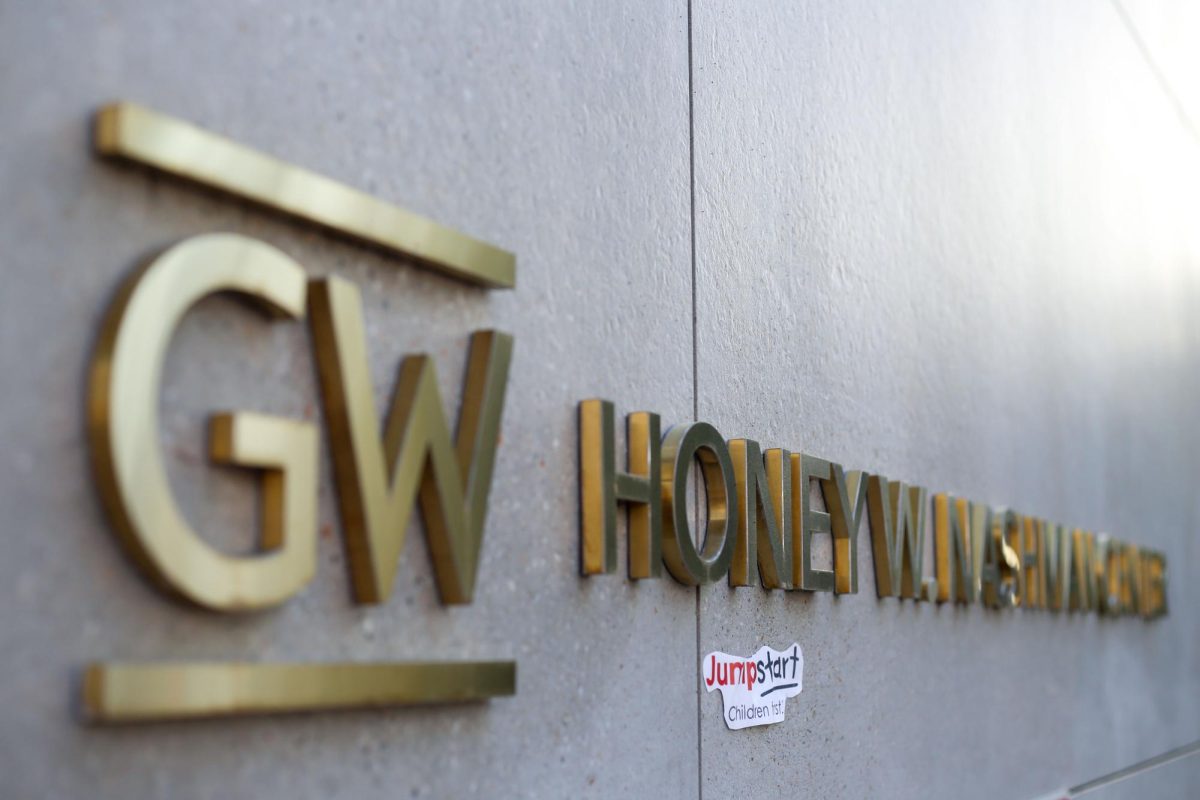Students will have to wait at least one more year before the University regains a spot in U.S. News and World Report’s top 50 schools in the country. GW ranked in the second tier for the fourth year in a row on the magazine’s annual college listing published this week.
While the University was ranked in the second tier, which lists the number 51-100 schools alphabetically, U.S. News officials said the University would rank between the 51-55 spots if the magazine was to rank the second tier.
“GW is at or near the top of being in the top 50,” said Bob Morse, director of data research for U.S. News. “It’s within the top five.”
The magazine ranks schools based on seven weighted criteria including peer assessment, graduation and retention rates, faculty resources, student selectivity and financial resources.
The University ranked 50 in 1998 and 46 in 1996.
GW officials said the University’s applications numbers have been consistently rising regardless of GW’s ranking and called the listing “flawed.”
“What U.S. News is trying to do is to turn sentiment and opinion into fact,” University President Stephen Joel Trachtenberg said. “They may have an opinion . but it’s an opinion that is not sound.”
He said the magazine changes the criteria each year to “sell magazines” and fails to account for what he called the “glacial” changes of universities.
“I think its impossible for somebody who has their eyes open and walks around this campus . to conclude that this is the same University it was 10 years ago,” he said. “They are trying to turn something into a footrace that simply doesn’t translate to that.”
While Trachtenberg acknowledged that the magazine includes important measurements, including graduation and admissions numbers, he said “the nature of the formulas are largely stacked against (GW).”
“Schools that have money, that have greater resources . rank higher,” he said. “It teaches you that it’s good to be rich.”
GW officials are focusing on finding the “right students” and not concerned with the rankings, Admissions Director Kathryn Napper said.
“I don’t think students at large are that narrow minded . they are looking at what’s best for them overall,” she said.
Most GW students interviewed said they are used to the tier-two status but said they would like to see GW publicize itself to other schools in order to increase academic reputation.
“We’re not getting the credit we deserve . the school needs to get the word out about itself,” said freshman Bobby Thompson, who said no one from his Louisiana high school had heard about GW when he applied to come to the University.
“(The ranking) exemplifies what I can’t handle about this school . we don’t get the recognition we deserve,” sophomore Orchid Liu said.
Students said they do not think the ranking should be a University priority but a top 50 finish would look good to future employers.
U.S. News officials said they compile the listing for the benefit of prospective college students and called the ranking a “fair assessment.”
“We do this for the benefit of students . for all those who are ready to spend more on one year of college than I spent on my last car,” said Richard Folkers, director of Media Relations for U.S. News.
Trachtenberg was critical of the magazine’s use of “peer assessment,” surveys from other University administrators, to calculate 25 percent of the ranking.
He said he receives publicity packets from other universities trying to influence the peer assessment score.
“It’s a little undignified,” he said, noting that GW does not send such publicity to other schools.
Morse defended the policy, arguing that “academics provide a credible sounding board to make assessments of the peers.”
U.S. News officials also noted that 75 percent of the score is calculated
with “hard data.”
GW also ranked fifth in the “debt load” category, a list of the most indebted students who graduated last year.
Princeton University was ranked as the top school with Harvard and Yale Universities tying for the second spot.







